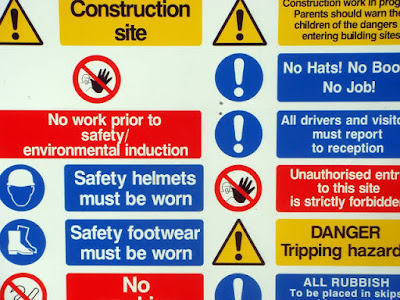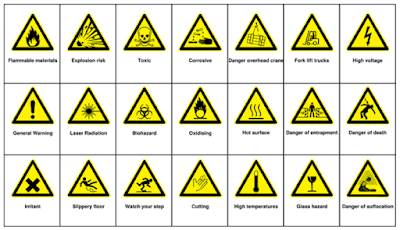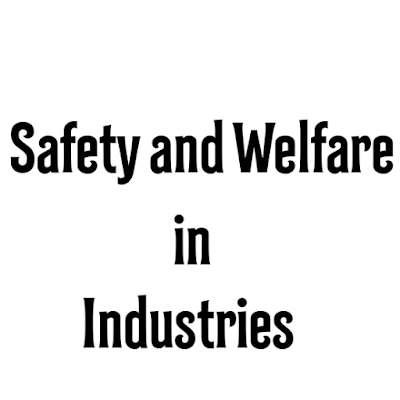(NRV) Non Return Valve A Non- Return Valves , check valve , clack valve, non- return valves , reflux valve, retention valve or one-way valve is a valve that normally allows fluid ( liquid or gas ) to flow through it in one direction only. Non - Return valve/ Check valve are two-port valves, meaning that they have two openings in the body, one to enter the fluid and the other to release the liquid. Types of (NRV) Non - Return Valves There are various types of check valves/non-return valve used in a wide variety of applications. Non- return valves are often part of common household items. Although they are available in a wide range of sizes and costs, Non - Return valve are generally very small, simple or inexpensive. Non - Return valve operate automatically and most are not controlled by an individual or any external control; Accordingly, most have no valve handle or stem. The bodies (outer shells...




Comments
Post a Comment